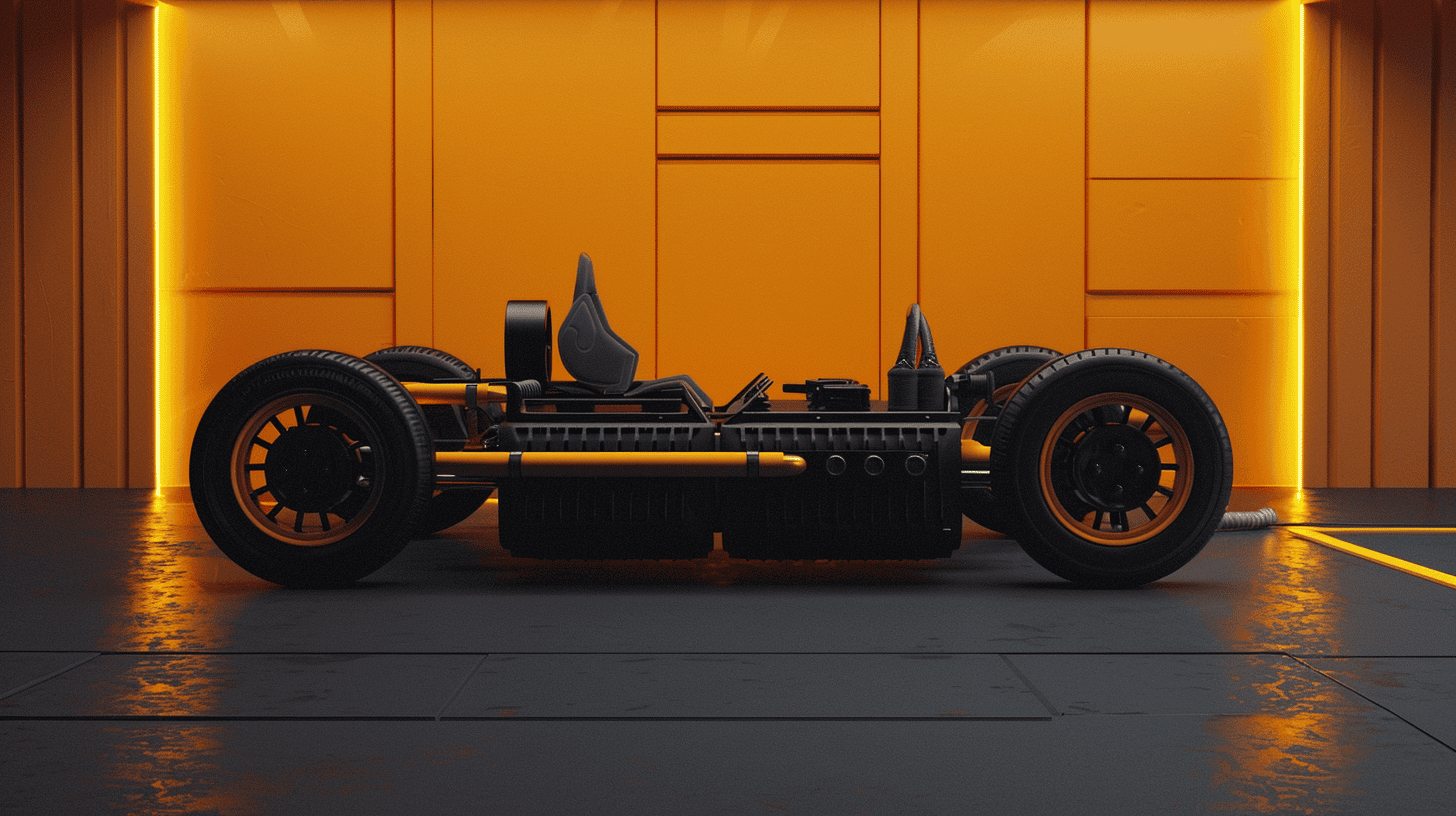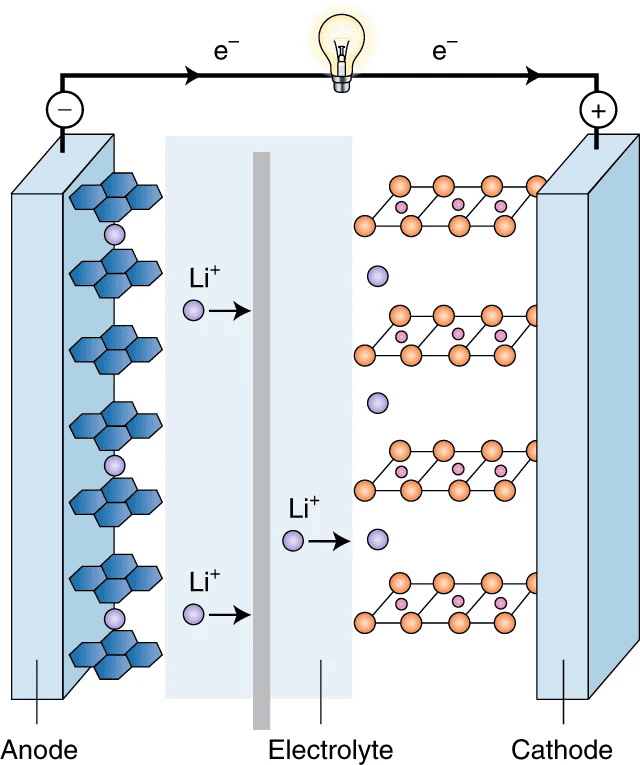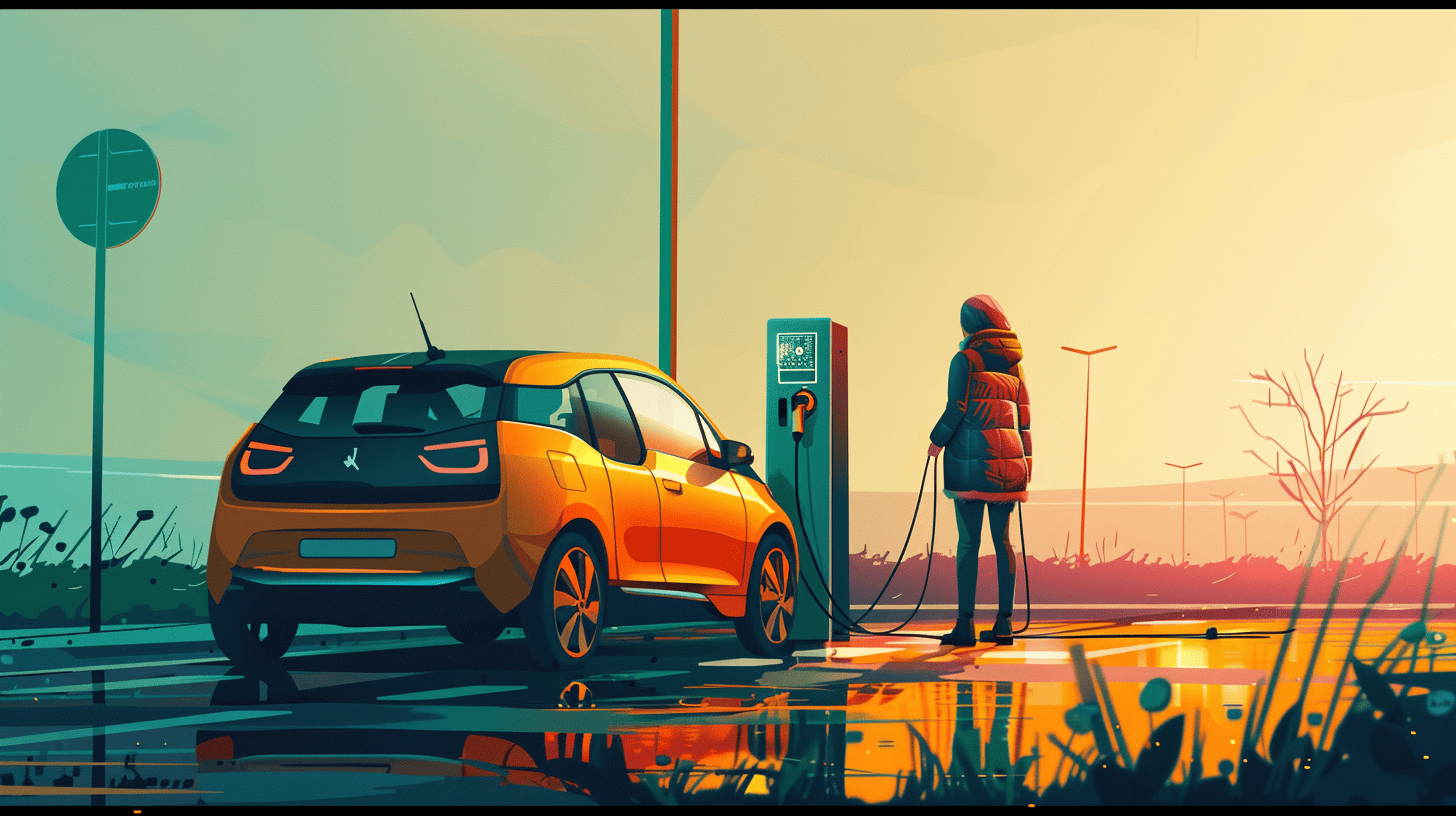
If extracting all battery materials is so polluting, do EVs really have a lower environmental footprint than internal combustion engine cars? The battery is the key component of an electric car. It is the single most expensive component, but as we saw in the previous episodes of EVolution, it influences both the range and the efficiency of an EV. Batteries are at the center of the debate on electric mobility because most of them come from China. But first, what’s a battery?
Why EVolution
Eleven years from now, newly sold cars in the EU must have zero emissions standards. As sales surge, electric vehicles are poised to be the ones to decarbonize Europe’s car fleet. Where do we start from? What are the outlooks towards the years to come? As the deadline is established, we feel the importance of informing our audience more on the topic. So comes EVolution. At IO, innovation and technology are our core business, so we’ll focus this series on some of electric mobility’s most discussed – and sometimes controversial – aspects.
A battery in a nutshell
A battery is a device that stores and provides electrical energy by converting chemical energy into electrical energy. It typically consists of one or more electrochemical cells, each containing a positive electrode, called a cathode, a negative one, called an anode, and an electrolyte that separates them. When the battery is connected to an electric circuit, a chemical reaction occurs within the cells, causing electrons to flow from the anode to the cathode, generating an electric current. Rechargeable batteries can reverse this chemical reaction using an external power source – a charger – making electrons flow in the opposite direction.

Lithium-ion batteries
An EV’s battery has, in principle, the same structure. As you may know, most of the batteries we use today — not only for cars — are lithium-ion. The most widespread version of these batteries features a nickel manganese cobalt (NMC) cathode, in addition to lithium and graphite. Extracting these minerals comes with heavy environmental inputs, let’s take lithium as an example.
Lithium is a mineral found in brine and hard rock. Brine sites are mostly present in South America, where the mineral is extracted in evaporation ponds. Hard rock lithium mining is common in Australia and Africa. To extract a ton of lithium from brine, around 2,2 million liters of water are used. Estimates suggest that 15 tons of CO2 are emitted into the atmosphere for every ton of mined lithium. An average EV battery consists of eight kilograms of lithium.
Generally, NMC batteries are the preferred option for carmakers because of their high energy density—up to around 250 Wh/kg—and good charging performance. This means stacking more energy in each cell’s volume. However, NMC batteries have a lower thermal stability, reaching their runaway point earlier, and a shorter lifespan, estimated at 1.000 to 2.000 full charging cycles. Besides, as explained in the episode about range, manufacturers recommend not fully charging these batteries often, as it accelerates degradation.

Lithium-iron-phosphate batteries: the rising alternative
NMC batteries are the most widely used option for EVs at the moment, but things might soon change. In fact, another lithium chemistry is emerging: the lithium-iron-phosphate (LFP). In 2021, Tesla announced a switch to this battery chemistry for its standard range models, and more automakers are following, as BMW, that from next year will move to LFP modules.
There are several advantages. First, this battery chemistry does not require cobalt but iron. Second, given the presence of iron, these batteries are cheaper. Third, these batteries proved to be stabler, they have a lower runaway risk. Fourth, they have a longer lifespan, up to 5.000 charging cycles. Besides, charging 100 percent does not heavily impact the battery’s health.
The main disadvantages are their lower energy density—150 Wh/kg—and the heavier weight of the battery pack. They also provide a shorter range for the same battery size and tend to recharge slower than NMC ones in the cold. We made a comparison recap table.
Sourcing lithium
Lithium remains critical for the time being, either with the NMC or LFP battery chemistry. At the moment, China has control over the whole lithium value chain. Although most reservoirs are located outside the country, Beijing started to secure lithium supplies earlier and established a strong refining infrastructure in-house. As a result, China supplies eighty percent of the world’s battery cells and sixty percent of the EV battery market.
The rest of the world finds itself in a catching-up position. Europe doesn’t have reservoirs comparable to those of Chile or Australia. Yet, Vulcan Energy opened Europe’s first lithium production plant, extracting lithium through geothermal wells and producing power at the same time. The Stellantis group – owner of Peugeot, Citroen, and Fiat – became the second largest shareholder as Renault and Volkswagen also signed agreements with Vulcan.
If mining and sourcing are polluting and complicated, recycling offers a chance to reuse lithium, reducing extraction. Examples come from Evonik and Arabat. The former is one of the leading chemical companies worldwide and developed a ceramic membrane that simplifies recycling. The latter, an Italian startup, is recycling batteries using orange peel. Furthermore, EV can have a second life as energy storage units.
Is an EV a greener choice?
All this said we come to the opening question again: do EVs really have a lower environmental footprint than internal combustion engine cars? The answer is yes, and it comes from lifecycle assessments of the two presented below. While vehicle production emissions are identical, EVs add up the emissions generated by the battery production process. However, emissions are much lower in the fuel cycle, production, and fuel usage. As electricity production keeps decarbonizing with higher renewables intake, prospects are that lifecycle emissions will be even lower.
Sodium batteries will be next
In addition to lithium chemistries, other EV battery chemistries are also emerging. One of the most promising is the sodium battery. Swedish battery Northvolt recently revealed a sodium-ion battery – validated at 160 Wh/kg — that aims to challenge Chinese dominance and reduce the reliance on lithium. In fact, sodium is widely available– in seawater, for instance — yet aspects like weight and performance still need to be fully sorted out. Meanwhile, Chinese manufacturers have already started producing the first cars with sodium-ion batteries, two compact EVs by Yiwei and JMEV.
Next week, we will delve into charging. What charging stations are available? What’s the difference between them? The list goes on.

